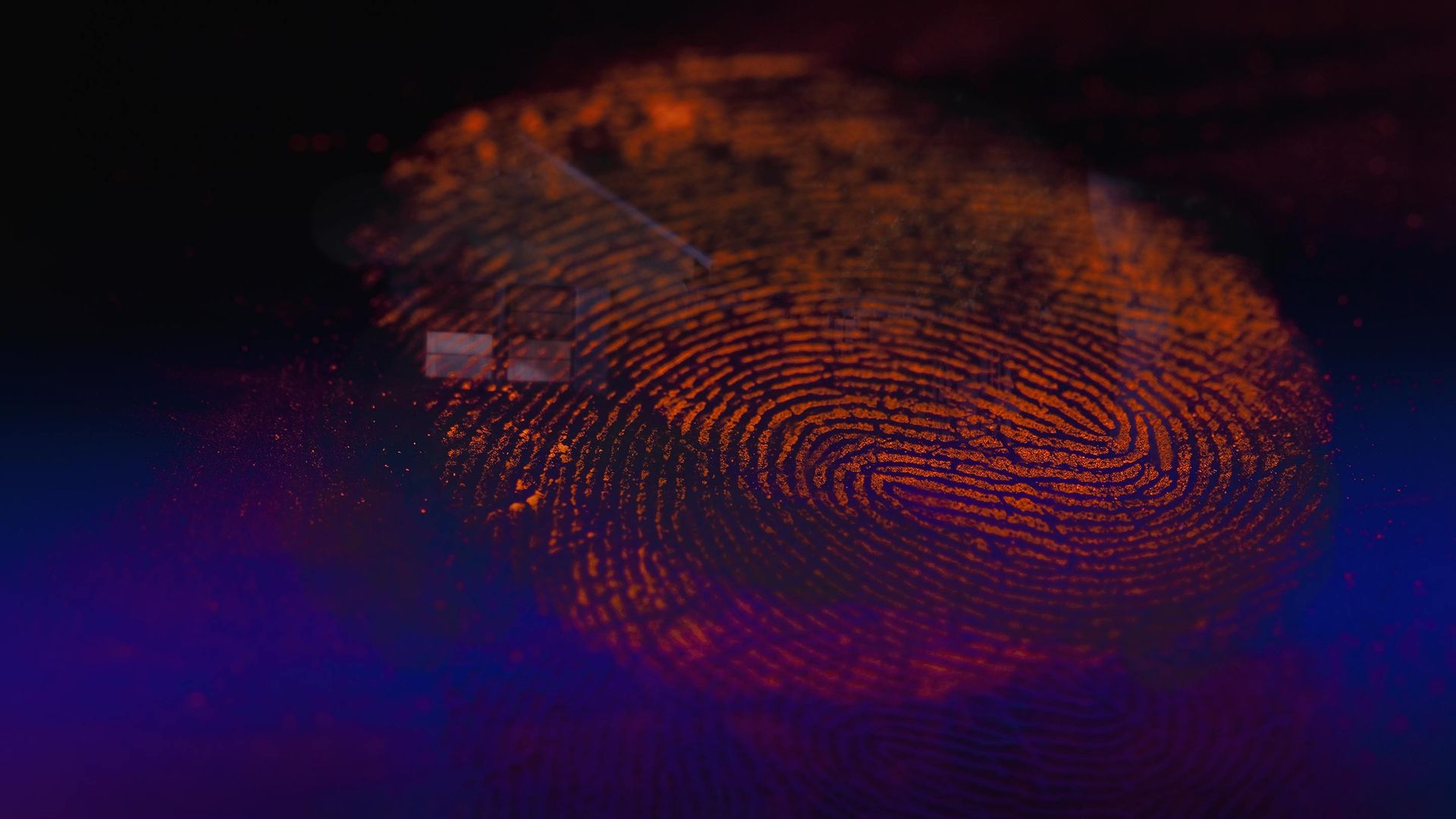-

COVERAGE STARTS 3:30PM ET
Stream Big Ten Football on CBS and catch the Oklahoma State Cowboys going against the #6 Oregon Ducks at Autzen Stadium. -

Live Tonight 10/9C
48 Hours investigates the most intriguing crime and justice cases that touch on all areas of the human experience, including greed and passion. -

CATCH UP ON THE LATEST SEASON
FBI: INTERNATIONAL follows the elite operatives of the FBIs International Fly Team as they travel across Europe to neutralize threats against Americans. -

CATCH UP ON THE LATEST SEASON
FBI: MOST WANTED focuses on the FBIs Fugitive Task Force, an elite unit that relentlessly pursues and captures criminals on the Bureau’s Most Wanted list. -

CATCH UP ON THE LATEST SEASON
FBI is a fast-paced drama about the inner workings of the New York office of the Federal Bureau of Investigation. -

NEW SERIES NOW STREAMING
The former agents are on the run against a dangerous conspiracy, learning to co-parent and stay alive in the Paramount+ Original.





